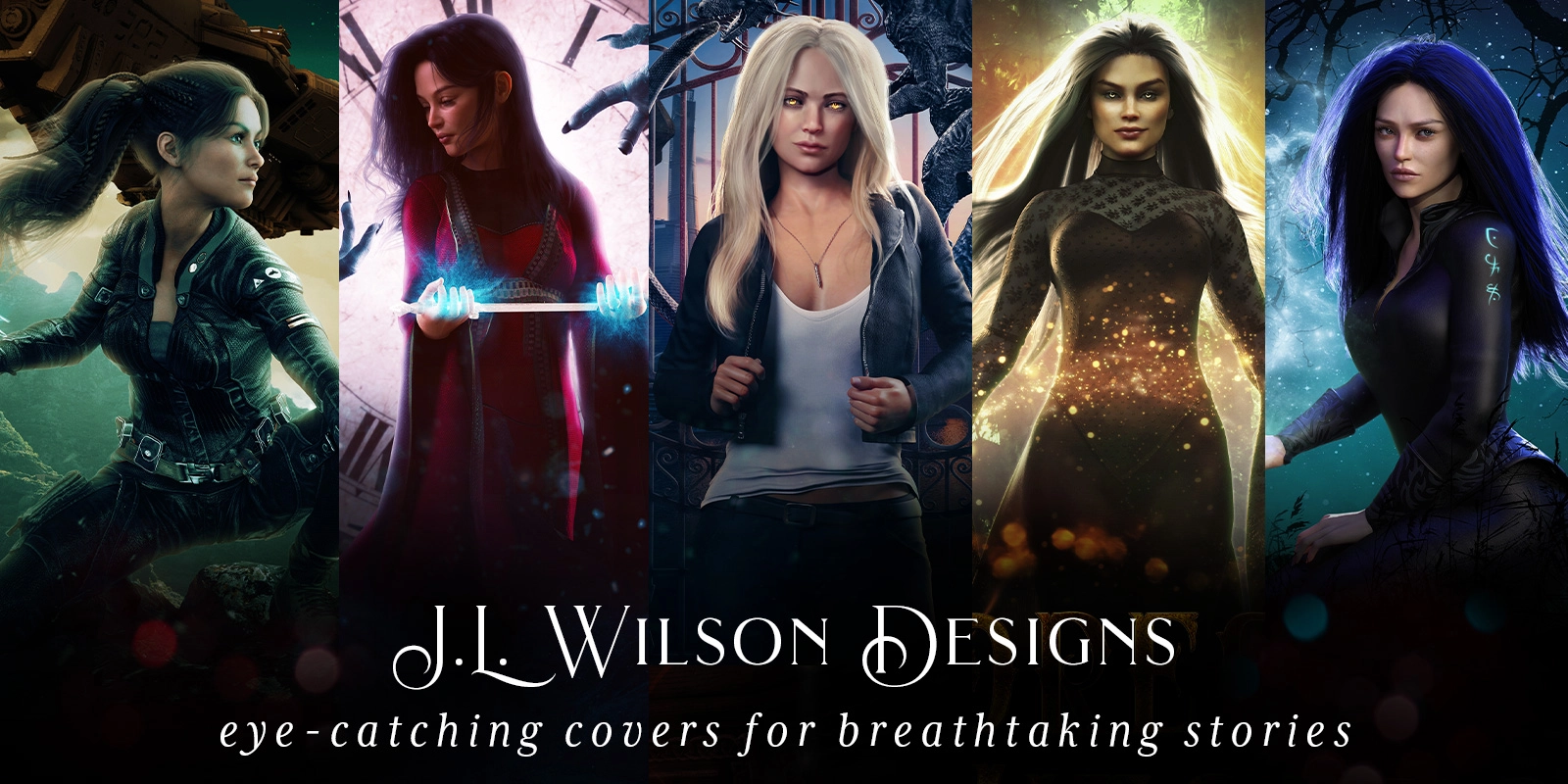That’s a really good question, and one that a lot of authors don’t yet know to ask. Unfortunately, this isn’t the type of thing an author can determine just by looking at the cover.
Sure, you could ask your designer to see proof of licensing for the assets used in the work, and ethical designers can provide you with this and let you know where assets were licensed from. They could show you screenshots of a cover in progress to allay your fears. You could even do reverse image searches on a cover to see if anything concerning comes up.
That said, depending on the designer, a single design may use dozens of minor assets, some which may have been accrued over years from a variety of places, and there is technically no way for you to know if a designer has divulged each asset used in a design. On top of this, it can take quite a bit of time for a designer to collect and provide proof of licensing for each and every asset, and many book covers are not priced at a cost that makes this especially practical.
How do I protect myself then?
Honestly, in the end, you can check as much as you can, but you really do have to place a certain amount of trust in your designer that they are operating their business in an ethical (or at least legal) manner. And the best way to do this is to always choose to work with designers who demonstrate this in their business already.
How?
Choose a designer with a good reputation, both among authors and among other designers. Find one who has invested time and money into their business (e.g. by creating and paying to host a website, following time-consuming legal requirements like having terms and conditions or privacy policies) and who treats their business professionally.
Why?
Because these are the designers that have more to lose if they were to be discovered using unlicensed assets or stealing someone else’s artwork. And they’re the ones who have already demonstrated at least a certain degree of professionalism in how they’ve conducted their business so far.
And most importantly of all:
Choose a designer that has a clear contract that protects you. A contract that includes specific important statements about the assets used in the work, and which describes any licensing restrictions, the licensing rights you are purchasing, and the rights that remain with them. (This is why you have to agree to certain terms and conditions when you work with me. It’s for your protection and for mine in the case that you provide assets for me to use in your art).
What kind of statements should a contract include?
You gain as much protection as you can by signing a contract that stipulates the following:
- The designer uses assets that, to the best of their knowledge and ability, do not infringe upon the rights of any party in the use conditioned by the terms and conditions of the contract (i.e. the assets are legally-sourced for the uses they are purchased for)
- The author must use the art in accordance with the terms and conditions of the contract or the above is void (i.e. if the author uses the art for a purpose that is not permitted in the contract, the designer is not responsible for their using copyrighted work illegally)
- Proof of licensing for any assets used in the final design is available to the author upon request (i.e. the designer isn’t afraid to provide the author proof that all assets used in a final design have been licensed correctly for their use in accordance with the contract)
I include all of these statements in my contract. And while I know contracts can be intimidating, and this makes a lot of designers and authors avoid them, I really can’t recommend highly enough purchasing from designers with contracts that protect you.
It’s the least a designer can do to put your mind at ease, and it clarifies expectations for everyone regarding what exactly the author is purchasing.
For example:
- Are you just purchasing a license to sell e-books? Print and e-book?
- Can you sell non-book commercial merchandise with the art?
- Is there a limit to how many physical books can be sold using this art? (This is common for certain stock photos or even fonts if the designer licenses the font from certain locations.)
- Can the author modify the design to create ads and marketing materials?
These are all questions as an author you need to know the answer to.
A good contract answers these questions clearly. And a good designer can and will happily answer any of these questions for an author who is considering one of their covers.
*Note: I am not a lawyer. Please do not take this as legal advice. I’m just a nice person trying to share some knowledge.
Want to learn more? Sign up to my e-mail list here. In addition to getting early access to new premade covers before anyone else and periodic exclusive discounts, you’ll also get concise, detailed information about what makes a book cover good at its job and how to ensure the book cover you get is one that will put your book into the hands of the right readers.
